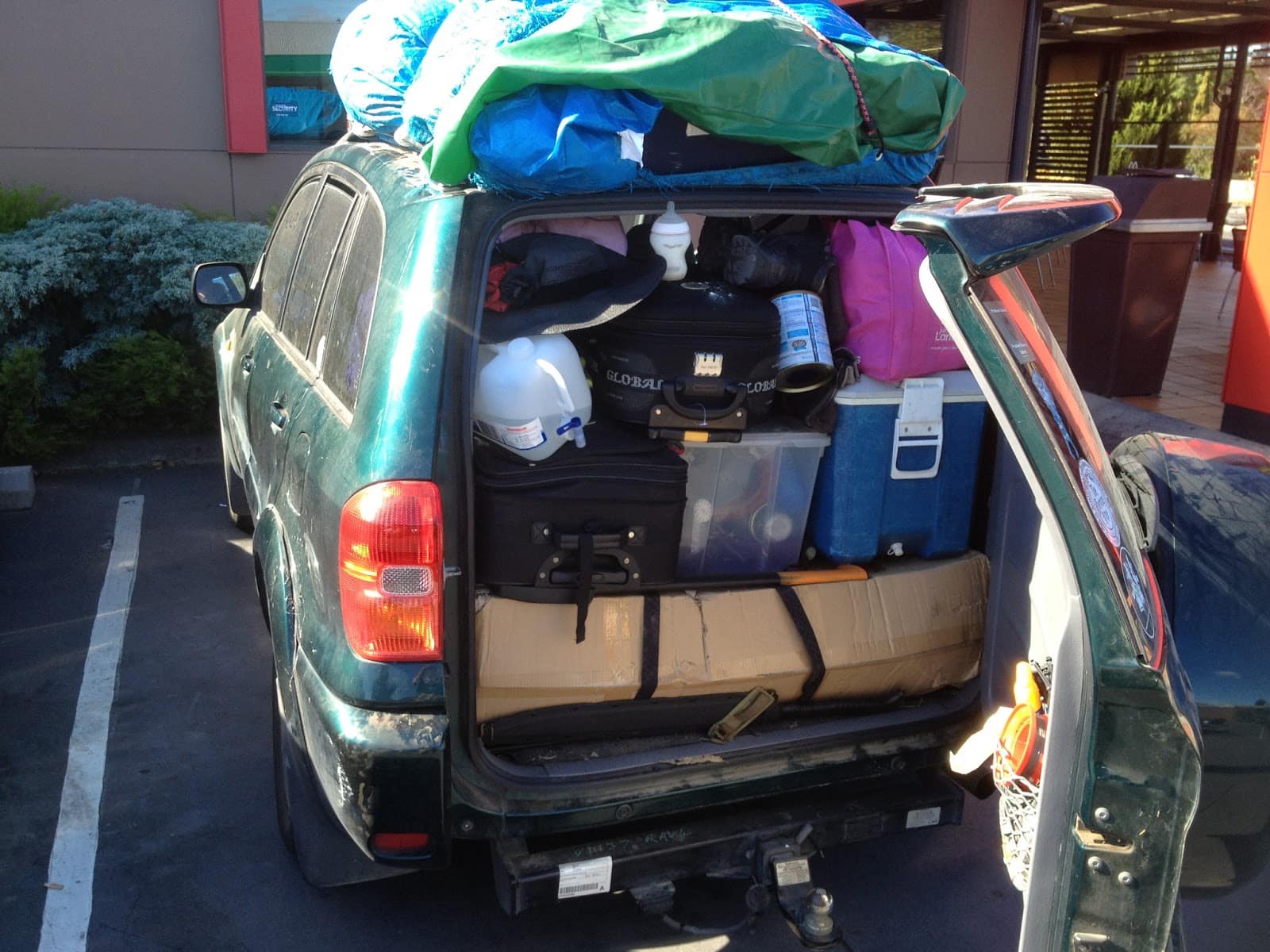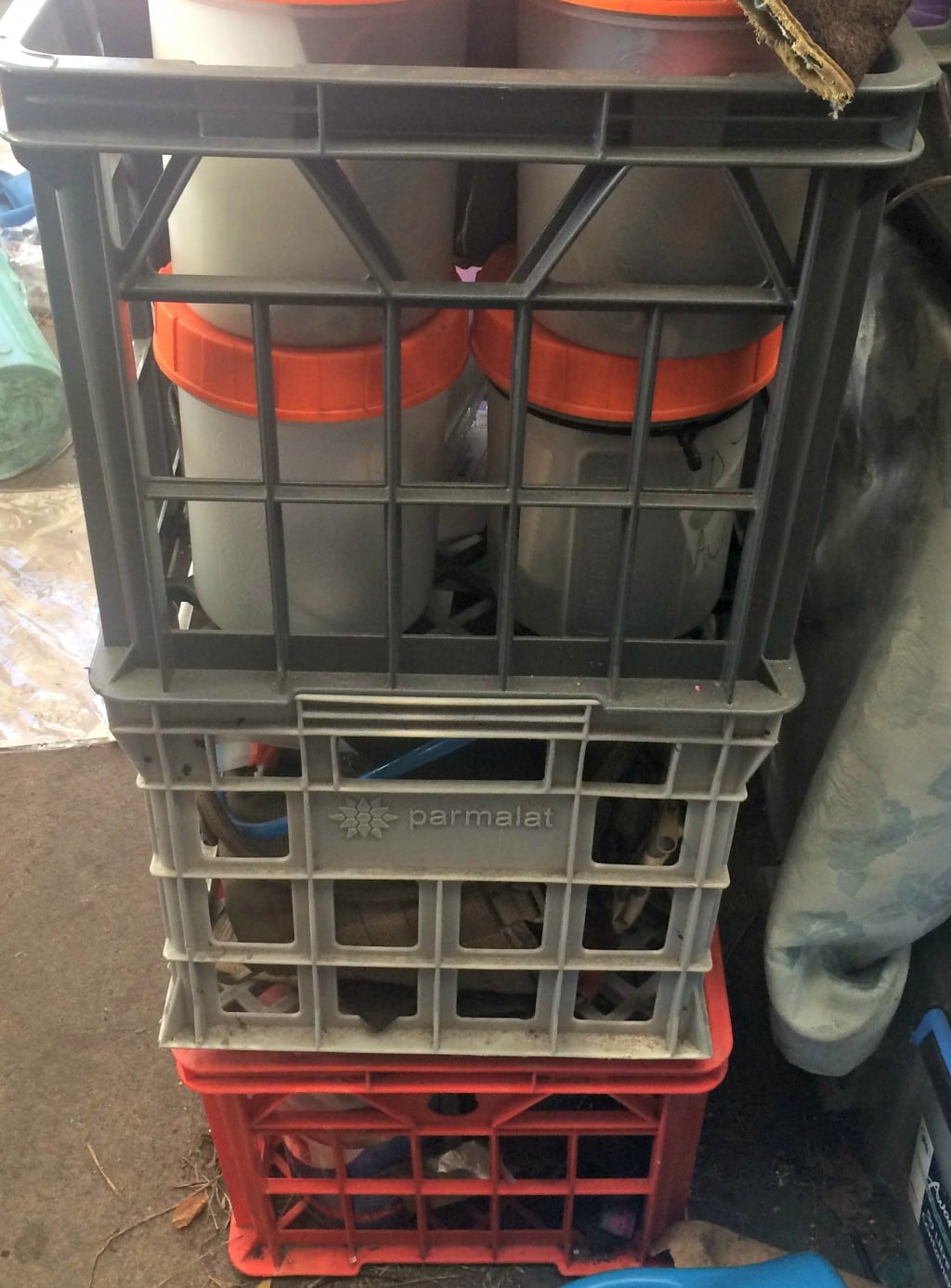So I've been wanting to get a bit more social with my prepping and thought it might be nice to arrange a camping skill-share, where we could get together, make camp, share some ideas and knowledge and practice some skills and test out gear. In thinking about this I got to thinking about skills and ideas for discussion topics. My thoughts around it revolved around the bug-out decision and what could or would be needed in those situations.
So here is my brainstorming list of ideas around topics to cover both
philosophical topics surrounding TEOTWAWKI scenarios and situations
where wilderness bug-outs might be beneficial, and also covering skills
and techniques I feel might be worth sharing for a SHTF situation.
The idea would be to put into practice some of the skills and preps people have gathered and learn new ways of doing things in a relaxed, pressure-free environment.
I don't claim to be super knowledgeable or skilled but I think it would be a valuable experience and a great way to socialize mindsets as well as test out gear.
The idea would be to put into practice some of the skills and preps people have gathered and learn new ways of doing things in a relaxed, pressure-free environment.
I don't claim to be super knowledgeable or skilled but I think it would be a valuable experience and a great way to socialize mindsets as well as test out gear.
To bug in or bug out
- when (depending on the
event, there may or may not be a warning, sheltering in -place may be
advantageous) (traffic, unrest, martial law, fuel restrictions, road
clearance, security)
- how (on foot, in a vehicle, daytime, night-time, overt or covert)
 - trigger points (depends on the situation, essential services, social markers (rioting, mobs, looting)
- trigger points (depends on the situation, essential services, social markers (rioting, mobs, looting)
 - access (can you hike to it, does it have road access, do you need ladders, ropes or a boat to reach it?)
- access (can you hike to it, does it have road access, do you need ladders, ropes or a boat to reach it?)
- how (on foot, in a vehicle, daytime, night-time, overt or covert)
 - trigger points (depends on the situation, essential services, social markers (rioting, mobs, looting)
- trigger points (depends on the situation, essential services, social markers (rioting, mobs, looting)
-
prep (depending on the situation there may be time to do last minute preps (storm proofing windows, shopping, water storage)
- Where:
Should
the decision come to bug-out, one of the first thoughts I think worth
discussing was that of site selection. Given the variety of threats that
could trigger a bug-out, such choices would need to be suitable for the
situation at hand.
As I see it, a site selection depends on four basic elements:  - access (can you hike to it, does it have road access, do you need ladders, ropes or a boat to reach it?)
- access (can you hike to it, does it have road access, do you need ladders, ropes or a boat to reach it?)
- resources (food, water, firewood, materiale on site)
- physical security (distance, isolation, cliffs, dense forest, rivers, fences, buildings, walls)
- obscurity (is it a commonly known or popular location, does it get plentiful visitors in normal times)
Having settled on a bug-out location and making it there, you are faced with some choices around camp layout that will need to be considered, these apply to any camping situation.
- obscurity (is it a commonly known or popular location, does it get plentiful visitors in normal times)
Having settled on a bug-out location and making it there, you are faced with some choices around camp layout that will need to be considered, these apply to any camping situation.
- shelter
- wind
- local hazards (rivers, cliffs, marshes, wildlife)
- areas (sleeping / cooking / fire / toiletries / craft)
- distance to water
Shelter building. Depending on your situation and expected duration
of your stay you may need to take into consideration a variety of
elements such seasonal weather and both convenience and comfort. Do you
need to build a log cabin to winter in or stilt house to monsoon in?
- natural
- salvage
- portable
Foraging: Bugging out is usually a limiting idea when it comes to
resources. There will be only so many meals you can pack and take with
you ,and after that you'll have to fend or yourself.
- bush food
- salvage (neighboring residences / "abandoned" towns, risks of venturing out)
- hunting
- caching
- farming (crops & livestock)
Fire craft: Cooking, water purifying, heat, light, craft and security.
Fire brings all thee things and there are fewer things that say
"survival" more than being able to start and maintain a fire. But it
can be dangerous, time and energy consumptive (fire wood is hard work to
chop and haul)
-stoves
- bow drill
- fire steel/ flint / Ferrocerium
- smokeless buried
- fuel (harvesting and storing)
Water: essential for life, for crops, for hygiene and sometimes remarkably difficult to come across.

- sand charcoal filter
- evaporation still/plant harvest
- streams, billabongs, springs, rain harvest  I love a sunburnt country,
I love a sunburnt country, A land of sweeping plains,
Of ragged mountain ranges,
Of droughts and flooding rains.
I love her far horizons,
I love her jewel-sea,
Her beauty and her terror
The wide brown land for me!
-My Country, Poem by Dorothea Mackeller
- - cooking/food/MRE's/rations
- - storage
- - hobo stew

Camp craft: There are all manner of
skills to learn and things to make to improve camp living. Some are
purely outdoors skills, others are wilderness survival and others just
useful.
- travois building
-navigationcleaning/ hygiene/ latrine
canoeing/fishing
first aid
sharpening tool/knife
sharpening tool/knife
signaling
gadgets
gadgets
Security: having arrived at your site, you'll want to establish a
perimeter and put some kind of security in place, if the situation calls
for it, based on the level of threats expected, you may need to deploy
all manner of security to protect your location, your supplies and
yourselves.
traps / tripline alarms / noisemakers
- light/noise discipline
- snares, traps and static defense
- hiking/stealth
- tracking/stalking
Camp stuff aside, there's the whole "when is enough's enough", when to pack up and big out or board up and bug in. Some scenarios are better for bug-in vs bug out and would take some debating to determine what constitutes what kind of risks or benefits.
Situations leading to a bug-out.
- social collapse: fabric of society in tatters, no law, no services, reliant on pre-established community goodwill if it exists.
- economic collapse: mass unemployment and poverty, starvation and resource scarcity. law and order stretched thin, but government still operates in some capacity. Profiteering rampant. Currency irrelevant.
- governmental collapse: formal government dissolved essential services operate on volunteer basis only. Free market economy continues but currency may be unstable .
- natural disaster: devastating and dangerous. depending on the nature of the event the damage may be narrow or widespread, limited or long term.
- - floods
- - dust bowl
- - fires (bushfire, urban wildfire, pipeline / refinery )
- - mega storms (hurricane, typhoon, tornado)
- disease / plague
climate change: I don't need a 16 year old Swede to shame me into being concerned. Climate change could lead to a variety of cascading disasters.
- global warming
- - droughts
- weather patterns
- - flooding
-- EL nino, La Nina
- - crop failures
 - armada storms ( if one butterfly flapping its wings can cause a hurricane, imagine a whole swarm or an armada of butterflies and the storm they might create (thanks Peter F Hamilton))
- armada storms ( if one butterfly flapping its wings can cause a hurricane, imagine a whole swarm or an armada of butterflies and the storm they might create (thanks Peter F Hamilton))
- Drought
- -domestic water restrictions
- -crop failures
- - bee pollination collapse
 solar flare / increase (Circuitry Man) the day star is an angry friend and can do us harm in more ways
than sunburn and drought. A burp of the sun could drop us back to the
steam age and we lack the infrastructure to support it.
solar flare / increase (Circuitry Man) the day star is an angry friend and can do us harm in more ways
than sunburn and drought. A burp of the sun could drop us back to the
steam age and we lack the infrastructure to support it.
- grid down infrastructure failure, comms out
- radiation
- heat
Yellowstone super-volcano
Pacific Rim ring of fire eruptions/quakes
- ash
- tsunami
- plate shift
- reactor meltdowns
polar flip: i'm not convinced this one is really an issue worth listing as a disaster, rather a significant inconvenience and nuisance.
- navigation
- Van Allen belt holes
 power / fuel ( no oil, coal): Fuel crisis might dramatically cut transportation, distribution and essential services. prices may skyrocket to compensate or they may simply halt
power / fuel ( no oil, coal): Fuel crisis might dramatically cut transportation, distribution and essential services. prices may skyrocket to compensate or they may simply halt
- electrical power grid down
-- water and sewage pumping cut / digital economy / comms
-- transportation / food distribution
international terrorism
- local infrastructure disruption
domestic terrorism :social unrest and instability, cultural shifts and revolutionary. All are disruptive and might warrant a"get out of Dodge" to avoid being caught up in or being on the wrong end of.
- religious extremism
- jihad vs crusade
- hate crimes/race war
 plague: global Pandemics, sweeping through countries , killing or incapacitating people could lead to infrastructure and societal collapse as well as the direct threat of infection.
plague: global Pandemics, sweeping through countries , killing or incapacitating people could lead to infrastructure and societal collapse as well as the direct threat of infection.
- Spanish flu
- red flu ( the Last Ship)
- crop blight (Interstellar)
- livestock blight
- livestock blight
war: woah, woah, woah, what is it good for? Not property values that's for sure. Time to Wolveriene's out!
- invasion
- thermonuclear fallout
 Crazy Supernatural disaster: I'm not going to shirk from addressing the very dear threats to the movie-going preppers lists even if it's not a credible threat. Worth it for fireside discussion with a few drinks at the very least.
Crazy Supernatural disaster: I'm not going to shirk from addressing the very dear threats to the movie-going preppers lists even if it's not a credible threat. Worth it for fireside discussion with a few drinks at the very least.
- zombies
- aliens
- trifids
- kaiju
Would some kind of camping trip with workshops appeal? If you're in my geographical region and would like to hang out do drop me a line. We'll chop some wood and char some food, rig some traps and get our hands dirty.



















